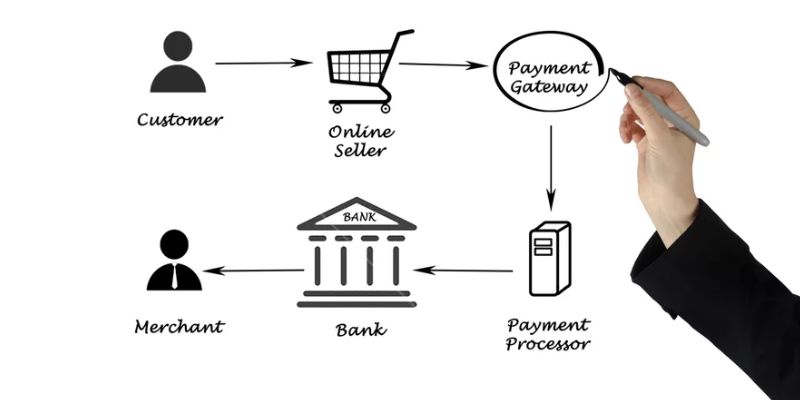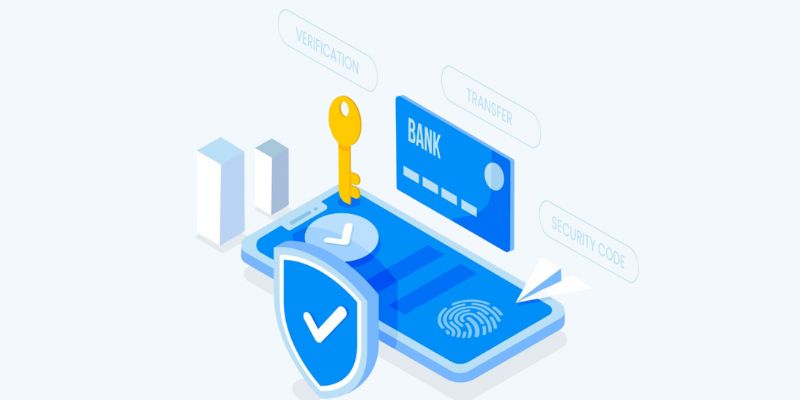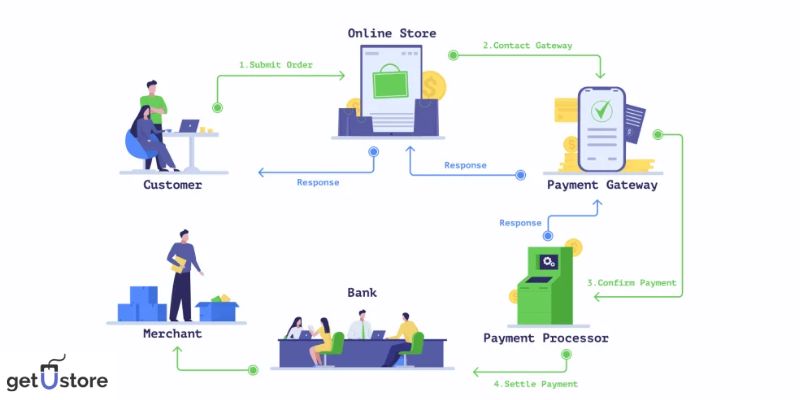One important component of providing the best user experience, aside from a few basic things like non-confusing CTAs, a good user interface, and easy navigation, is choosing the appropriate payment gateway for accepting online payments from your customers. It might be a significant factor in sales growth or decline.
What Is a Payment Gateway?

Integration of the Payment Gateway is the method by which a merchant can accept online payments via their website. The website is connected to the payment processing bank to allow secure, encrypted payment transactions to be carried out. A payment gateway can process credit cards for online and offline retailers.
Due to the increasing popularity of eCommerce, even older generations are having trust and becoming more proficient in the use of digital payment systems. This is especially true as payment technology improves security, the system’s convenience, and user experience.
In addition to improving user experience, integrating a payment gateway drives customers to your site and increases sales. Also, you can use additional benefits and features to take your business to the next level using a good payment gateway.
How Does Integration of Payment Gateway Help Improve User Experience?

When the payment procedure is satisfactory, a strong and good customer relationship is possible to develop. This eventually would improve revenue and increase sales, leading to business growth. Below is how integrating a great payment gateway can help improve user experience.
1. Convenience
Users of your website should feel welcomed and comfortable whenever they want something from you. With the help of a payment gateway, you can set up your store so that your customers can make purchases at any time and from anywhere.
Ensuring users can shop in their leisure time is convenient for them and you. Therefore, both parties are sure to benefit from the integration of a payment gateway on your eCommerce website.
2. Faster payment
Every seller expects to get paid immediately after a sale is made. As a business owner, you know it is challenging to receive payment sometimes. Many customers would rather pay right away and have it over with than deal with the stress of spending on a specific day and then forgetting to do so.
You and your customers benefit from the ability to process payments through payment gateways, making it a win-win situation for both parties.
3. Meet the needs of users
The ability to accommodate customer needs is undoubtedly one of the most significant advantages of having payment gateways for businesses. Depending on your region, you can access some of the accompanying features of some gateways that help boost user experience.
Additionally, it is very difficult to include all conceivable features in a single payment gateway, and conversion rates may drop if customers need help finding the feature they need. Some users may find this disturbing.
However, your customers’ needs will be met at any point in the payment process if you give them more flexibility. In return, it will improve their shopping experience and encourage them to make more repeat purchases.
4. Better security
Security is the main issue for customers when making payments online. For data security, the charge for transactions made using payment gateways is encrypted. This will help your business adhere to GDPR requirements and industry standards like Payment Card Industry Data Security Standard (PCI DSS) compliance.
The merchant and not just the user are protected during secure payment transactions. Gaining customers’ trust to make purchases from your business should be a top priority because they will typically choose safer payment methods. When this happens, users are sure to have a better experience.
5. Keeping up with trends
Payment gateways undoubtedly include nearly all potential payment options because they provide secure, quicker, and more streamlined transactions. This is true today and will continue to be the case. This means that the payment system used by eCommerce stores is expected to be up-to-date.
Such methods that can remain ahead of the payment processing landscape thrill users. As users get more interesting means of making payments for their purchases, they have a better payment experience.
How to Choose the Right Payment Gateway for Your Store
API integration or hosting are both options for payment gateways. Payment gateways with API integration make it easier for customers to pay and make purchases quickly and without any issues.
Hosted payment gateways, on the other hand, increase the number of steps needed to complete the payment. This is by directing the user to other secure payment gateways. Many online store owners prefer API-integrated payment gateways or a one-page procedure. Even though both are secure, business owners still prefer API integration because it is seamless.
Nevertheless, you must ensure the checkout process is equally streamlined when using the integrated payment gateways. You need to consider the customer demographics, region, and customers you will target with your online store before selecting your payment gateways.
Payment gateway preferences may vary by geographic location and type of customer. Before selecting your payment gateways, it is advisable first to research your target audience. This will help you make the right choice.
Conclusion
There are benefits to payment gateway integration in your business. In the long run, many companies might greatly benefit from it, from offering a backup plan to guaranteeing a better customer experience and getting an extended global reach. Generally, your site users will have faster, more convenient, safer, and more trendy expertise with the right payment gateway.



Leave A Reply